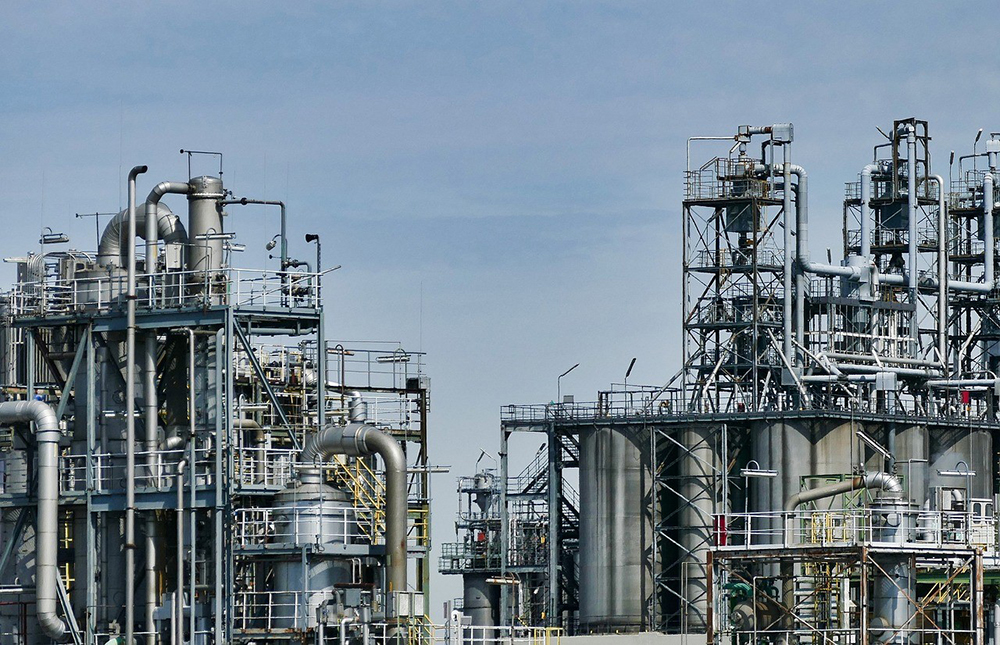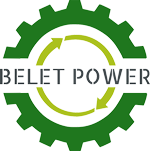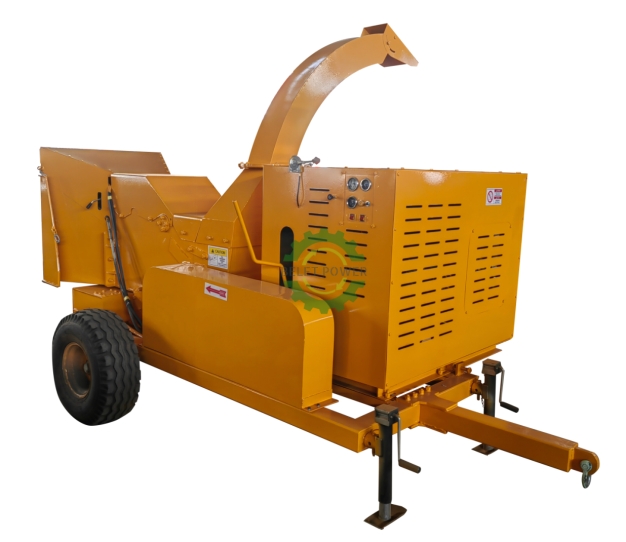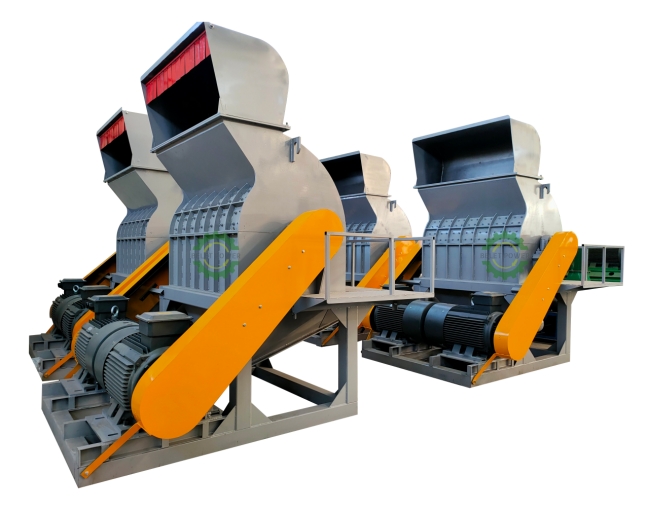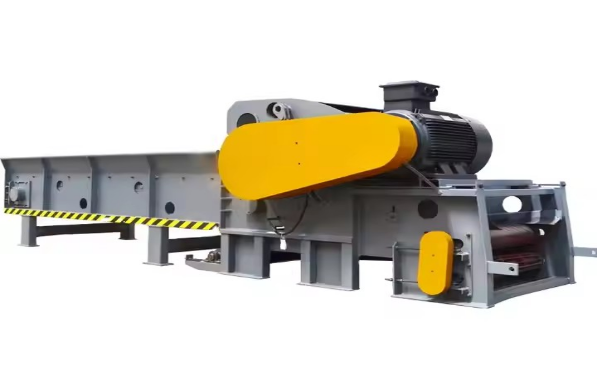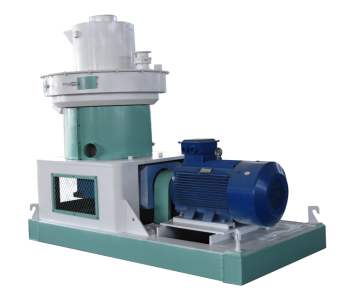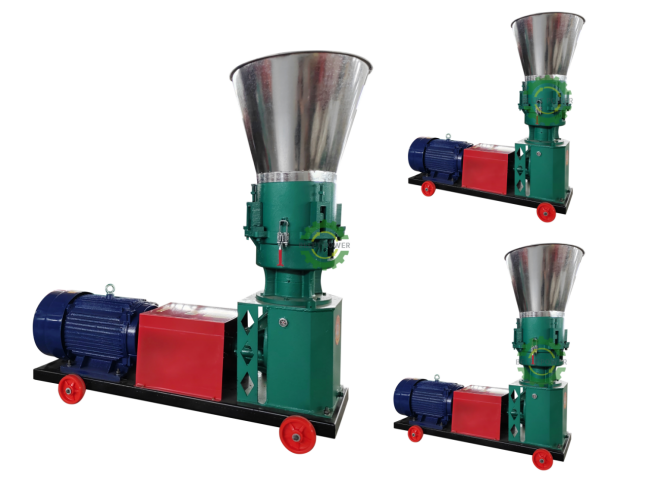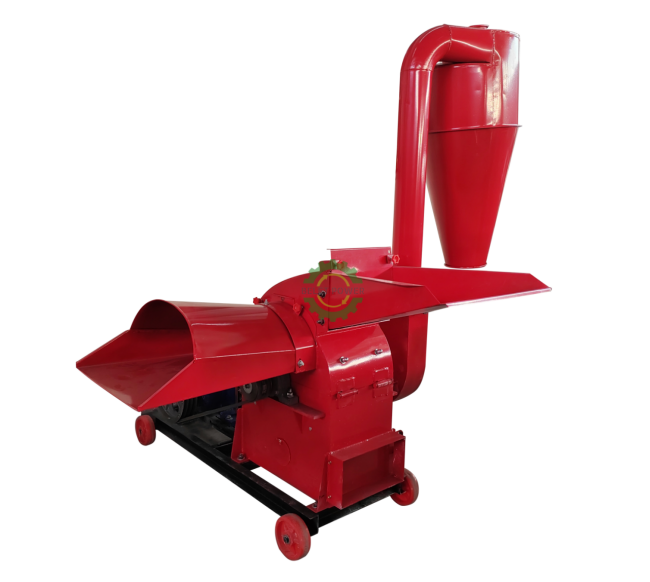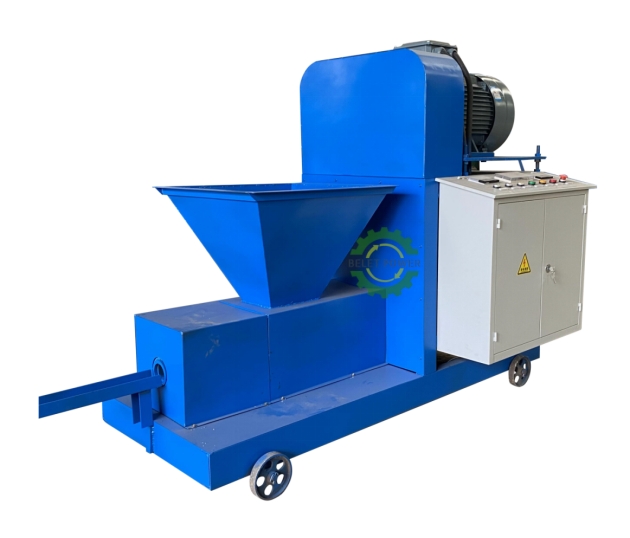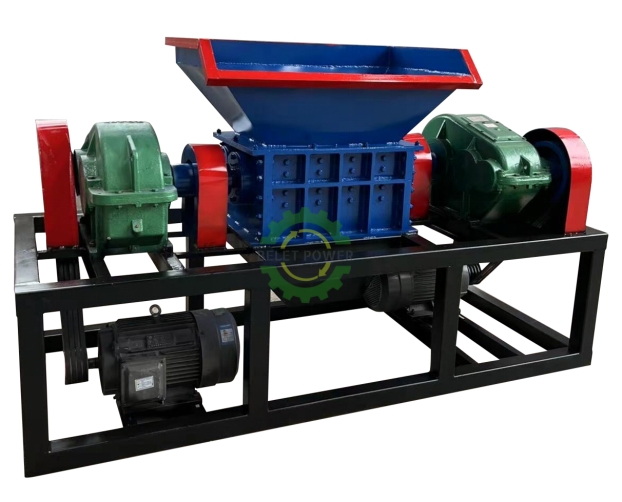Waste Lithium Battery Recycling Equipment
Based on the structure of the positive and negative electrodes of lithium batteries and the material properties of their constituent materials, copper and carbon powder, a combined process of hammer crushing, vibrating screening and airflow sorting was used to separate and recover the negative electrode constituent materials of waste lithium batteries. Through manual feeding, the waste battery enters the body, and the propulsion system pushes the battery into the position to be cut, and the crank drives the cutting tool head to cut off the upper cover of the waste battery accurately. The propulsion system pushes the next piece of battery forward again, pushing against the previous piece of battery forward, and then the high-frequency vibration motor works quickly to shake out the lead core in the battery shell, and the shell core is completely disassembled and separated.
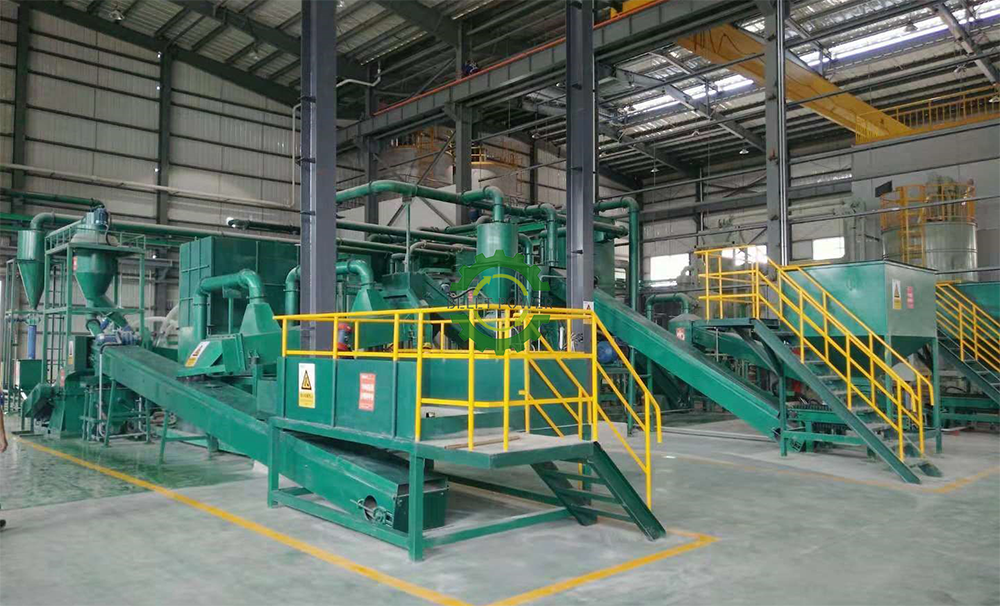
The technical parameters:
Model | Handing capacity(kg/h) | ||
BT300 | 300-400 | 150 | 210 |
BT500 | 500-600 | 190 | 380 |
BT1000 | 800-1000 | 270 | 550 |
Lithium battery positive & negative electrode recycling plant:
This production line is used to recycle waste positive and negative electrode materials of lithium batteries. The final products of positive electrode materials are aluminum particles and positive electrode powder obtained through the crushing and sorting process. The final products of negative electrode materials, copper particles and negative electrode powder (graphite powder), are obtained through the crushing and sorting process.
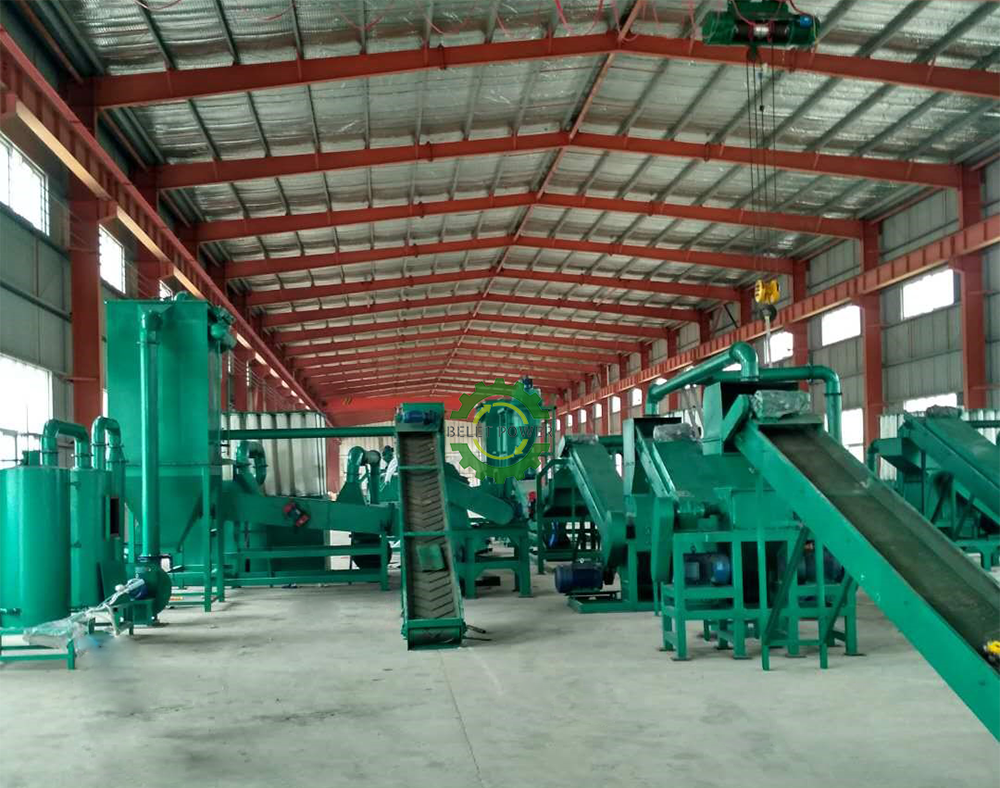
The technical parameters:
Model | capacity(kg/h) | Total power(kw) | Required area(m²) |
BT500 | 400-500 | 92 | 40 |
BT1000 | 800-1000 | 125 | 85 |
BT500-1 | 400-500 | 58 | 45 |
BT1000-1 | 800-1000 | 96 | 81 |
Raw materials:
Lithium battery positive and negative plates, 18650 lithium battery, cylindrical lithium battery, ternary lithium battery, scrapped car lithium battery, lithium iron phosphate battery, power lithium battery, soft lithium battery, hard-shell lithium battery, cellphone battery and other waste lithium batteries.
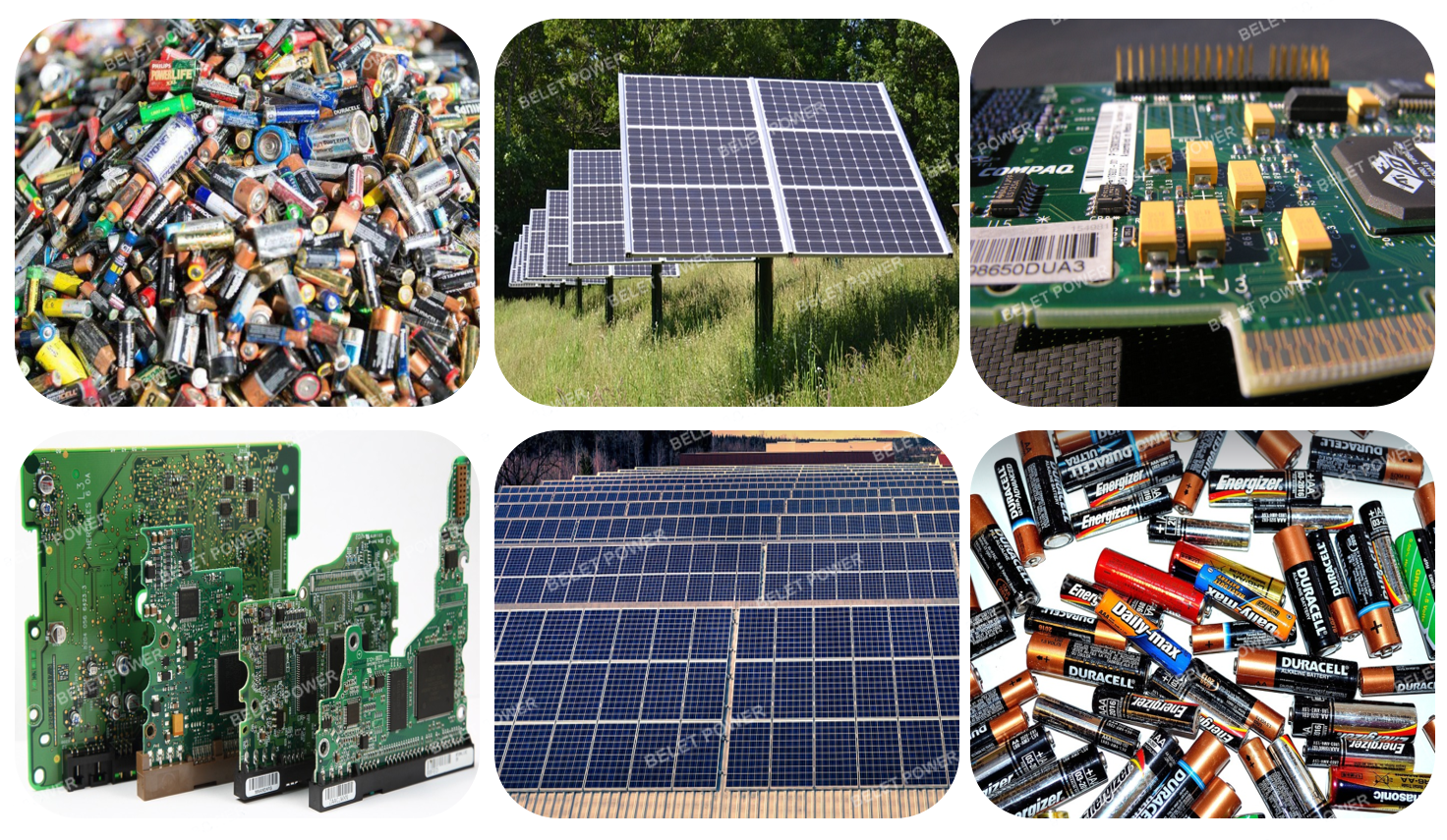
The Products:
The finished product is a variety of precious metal powder, like: cobalt, nickel, lithium, manganese, copper, aluminum…
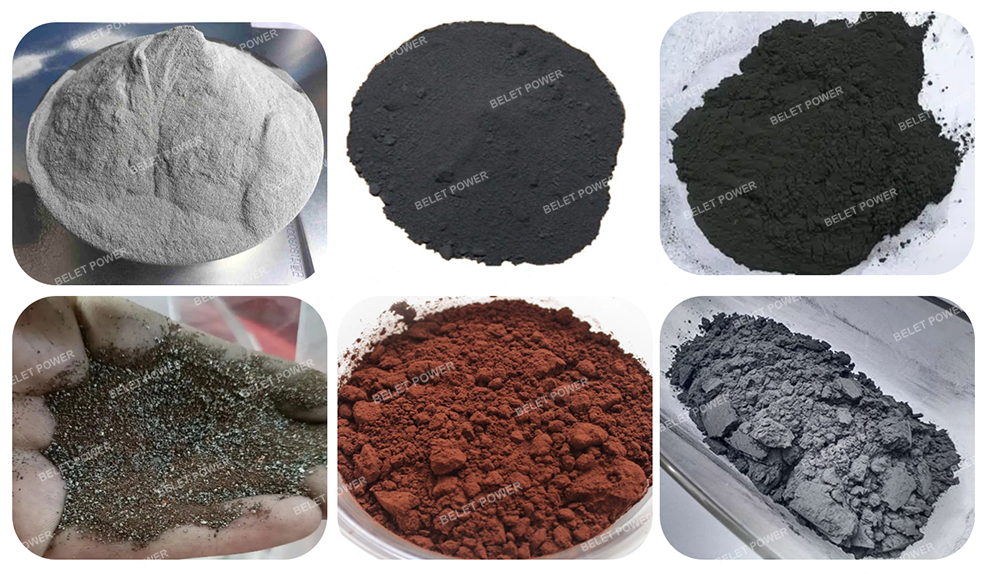
The features:
1. The plate crusher is used for the preliminary crushing. There is air passage inside cutting chamber. So there is no flammable gas accumulates and no fire risk during the crushing process, which has the characteristics of green and low carbon, energy saving and environmental protection, and no secondary pollution.
2. It can process crushing without battery discharge, so that the diaphragm could be recovered in advance. The pressure of exhaust gas treatment will be reduced in low-temperature pyrolysis and the quality of black powder can be improved.
3. The separation includes static and dynamic screening. It will separate copper, aluminum foil, black powder and the diaphragm It could improve the recovery rate for the black powder.
4. Adopting unique crusher, it could separate the black powder, copper foil and aluminum foil very well. What is more those material will get into particle, so it is better for the separation.
5. Humanized design, PLC automatic control, easy maintenance
6. Taking economic and environmental benefits into account, both valuable components can be utilized and harmful components can be treated innocuously.
7. Lithium battery recycling machine was automatic, high recovery efficiency, strong processing capacity, waste lithium battery valuable components recovery rate of more than 98%.
The advantages:
1. Resource utilization
The resource utilization of copper and toner in the cathode material of waste lithium battery can be realized through the combined process of hammer crushing, vibrating screening and air separation.
2. Stripping sieving
The negative electrode material can be effectively separated from each other by hammer crushing, and the copper foil can be separated from the copper foil by vibration screening based on the size difference and shape difference between the particles.
3. Effective recycling
Different separation methods according to different particle sizes can effectively improve the recovery rate.
4. High separation efficiency
The aluminum foil and copper foil in the scrap anode and cathode sheot are effectively separated from the anode and cathode materials. The complete set of equipment operates in the negative pressure state, no dust leakage, and the separation efficiency can reach more than 98%.
5. It can not only reduce the environmental pollution caused by waste batteries, but also bring significant social and environmental benefits. Moreover it can realize the full recycling and utilization of valuable components in waste lithium ion batteries, thus generating huge economic effects.
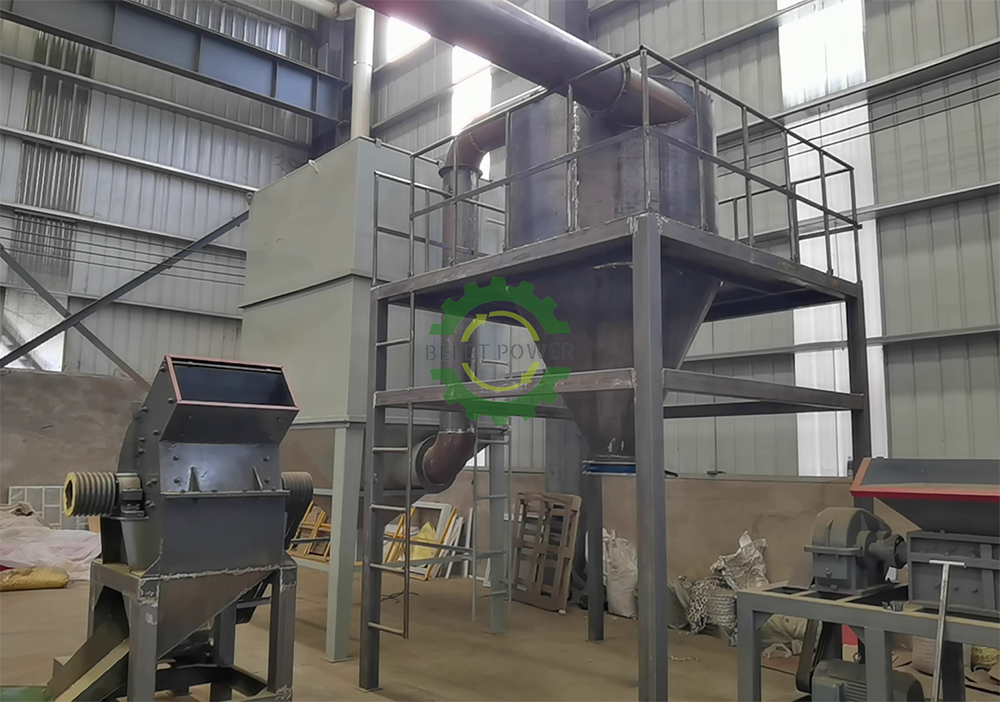
Production process:
Waste lithium batteries are fed into the crushing equipment through a feeding system, usually using automatic conveyor belts or robotic arms. After entering the crushing system, lithium batteries will be crushed by crushing machinery. Crushing machinery usually uses tools such as blades or hammers to crush and separate the lithium battery shell, electrolyte and electrode materials. The crushed lithium battery fragments will be further separated by the sorting system.
The sorting system mainly uses the principle of physical separation to separate the fragments of different components through vibration screens, air flow sorting and other methods. The sorted lithium battery fragments will be collected and transported through the discharging system. These fragments can be recycled and reused through subsequent processing procedures:
Shredder -- Hammer Crusher -- Grinder -- Separation Machine -- Pulse Dust Collector -- Classifying Screen -- Magnetic Machine -- Gravity Separator -- High-pressure Blower
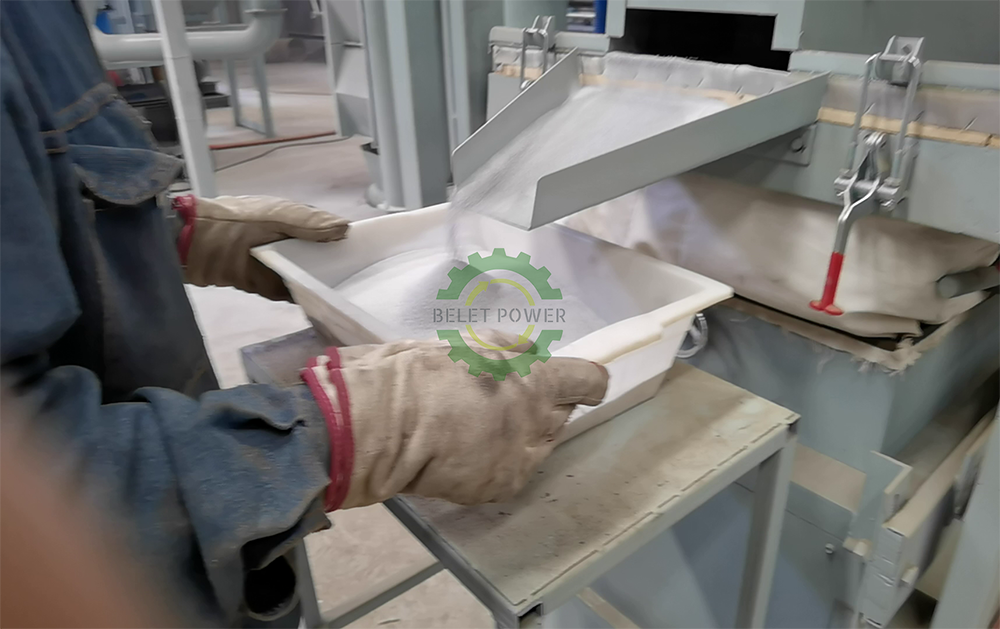
The application:
Lithium battery mainly consists of shell, positive electrode, negative electrode, electrolyte and diaphragm. The positive electrode is formed by coating lithium cobalt ate powder on two sides of an aluminum foil current collector through PVDF which plays a bonding role; The negative electrode structure is similar to the positive electrode and consists of carbon powder bonded to both sides of the copper foil current collector. At present, the research on the recycling of waste lithium batteries is mainly focused on the recovery of high-value anode precious metals cobalt and lithium. Copper in the negative electrode of waste lithium battery (content up to 35%) is an important production raw material widely used. Carbon powder adhered to it can be used as additives such as plastics and rubber.
